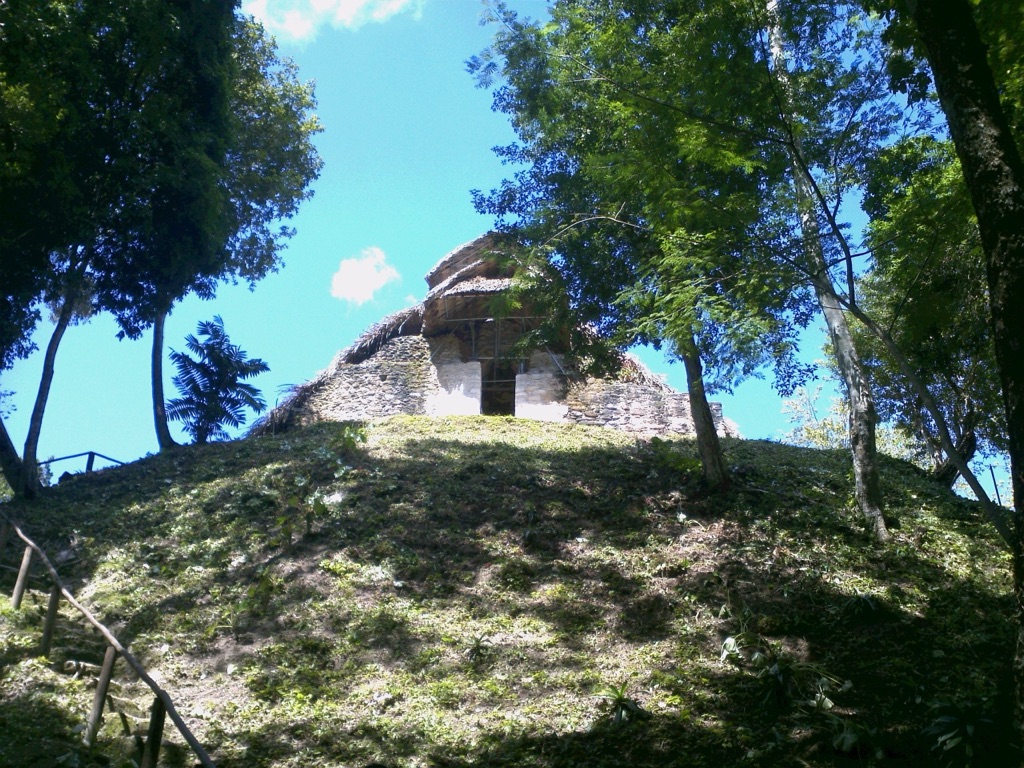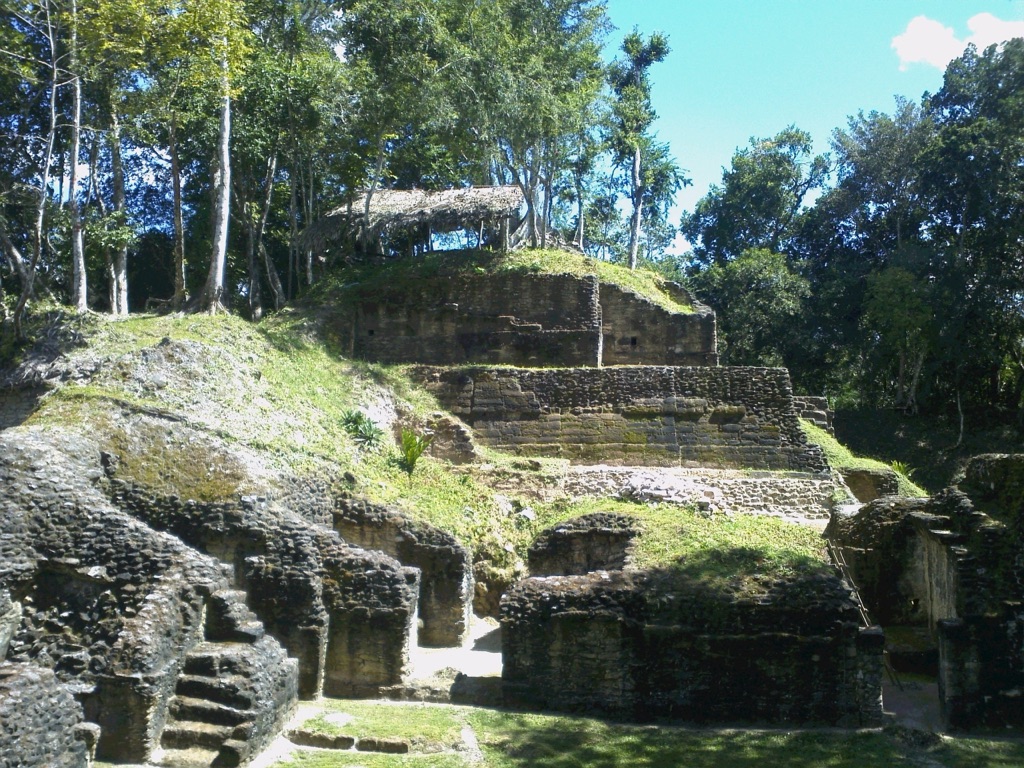The Historical Significance of Tayasal: Unveiling the Mayan Kingdom of Sa’al
Tayasal, historically known as Naranjo or Saa’aal, stands as a testament to the grandeur of the Mayan civilization during the Classic Period (250-900 AD). Located in the department of Petén, Guatemala, within the Yaxhá-Nakum-Naranjo National Park, this archaeological site was the epicenter of one of the most influential Mayan kingdoms. Its strategic importance is underscored by its political interactions with other prominent Mayan cities such as Calakmul, Tikal, and Caracol. However, like many other Mayan cities, Tayasal faced abandonment during the Classic Maya Collapse.
Get your dose of History via Email
The Architectural Marvel of Tayasal
Spanning approximately 90 square kilometers, with 8.5 kilometers dedicated to the central capital area, Tayasal was a marvel of Mayan architecture and urban planning. The site boasts over 389 buildings within the central area and more than 1,800 buildings in the residential periphery, organized into neighborhoods. This urban complex was protected by cities at the kingdom’s boundaries and featured an intricate network of roads connecting various architectural wonders.
The monumental center of Tayasal, covering about 2 km², comprised 148 major buildings, including pyramidal temples, multi-story palaces, and administrative buildings. The Triadic Acropolis C-9 stands out among these for its architectural significance and urban complexity.
The Central Acropolis: A Royal Complex
The Central Acropolis, part of the Royal Palace Complex, is particularly notable for its architectural volume and complexity. Adjacent to the Astronomical Complex, this acropolis spans 490 square meters and rises 40 meters above the plaza. Despite suffering damage from looters in the 1960s, the palace complex’s design, featuring five courtyards and nine palaces, remains a subject of academic interest. The central palace, B-15, is a pyramidal structure with four terraces, reminiscent of other significant Mayan palaces across the region.

Courtyards of the Palace Complex
The East Courtyard, dating back to the 7th century AD, was likely a hub for public activities, surrounded by palaces with large rooms and central benches. Conversely, the South Courtyard represented a more private and restricted area, possibly housing the ruler’s quarters and service personnel residences. The North Courtyard, accessible via a vaulted corridor, might have been dedicated to ritual or ceremonial activities, given its proximity to the city’s Main Road.
The Enigmatic History of Tayasal
Despite the architectural and urban planning achievements, much of Tayasal’s history remains shrouded in mystery, primarily due to extensive looting. Known originally as Wal Kab’nal (‘the sixth place on Earth’), Tayasal was a pivotal city in the kingdom of Sa’al. It fell under the control of El Caracol in 631 AD, marking a period of hostility towards Tikal and repeated attacks on Yaxhá. The cessation of stelae sculpting towards the late classical period marks a significant, yet enigmatic, chapter in Tayasal’s history.
Modern Encounters and Preservation Efforts
The early 20th century saw explorers like Teobert Maler and Thomas Gann visit Tayasal, with Gann notably selling the hieroglyphic stairs from Temple B-18 to the British Museum. The site has since faced challenges from timber traffickers, farmers, and ranchers, complicating research efforts. However, ongoing archaeological interventions aim to uncover more about the lives of both the elite and common people of Tayasal, offering hope for a deeper understanding of this majestic Mayan kingdom.
Tayasal’s rich architectural legacy and complex history continue to captivate researchers and historians, serving as a crucial link to understanding the Mayan civilization’s intricacies during the Classic Period.

